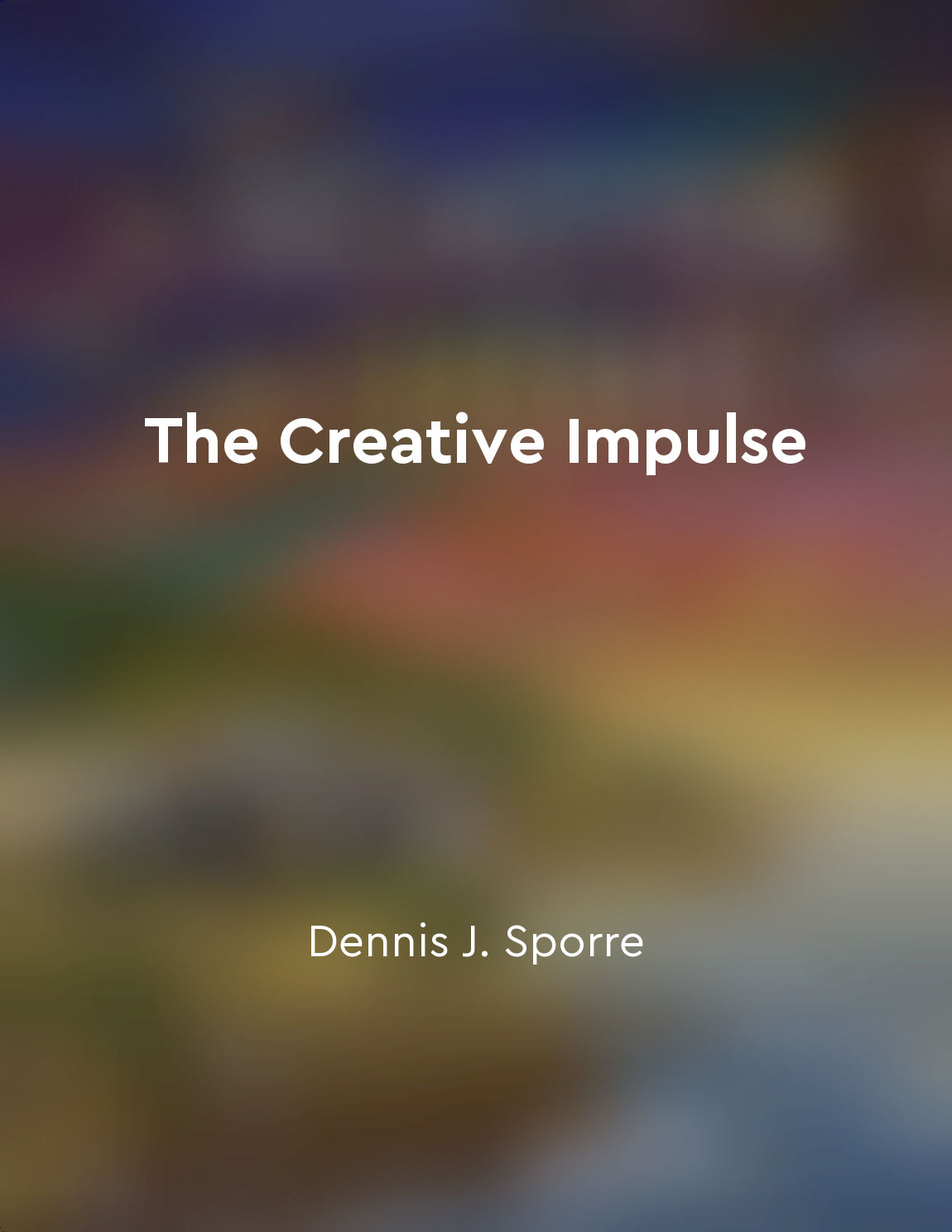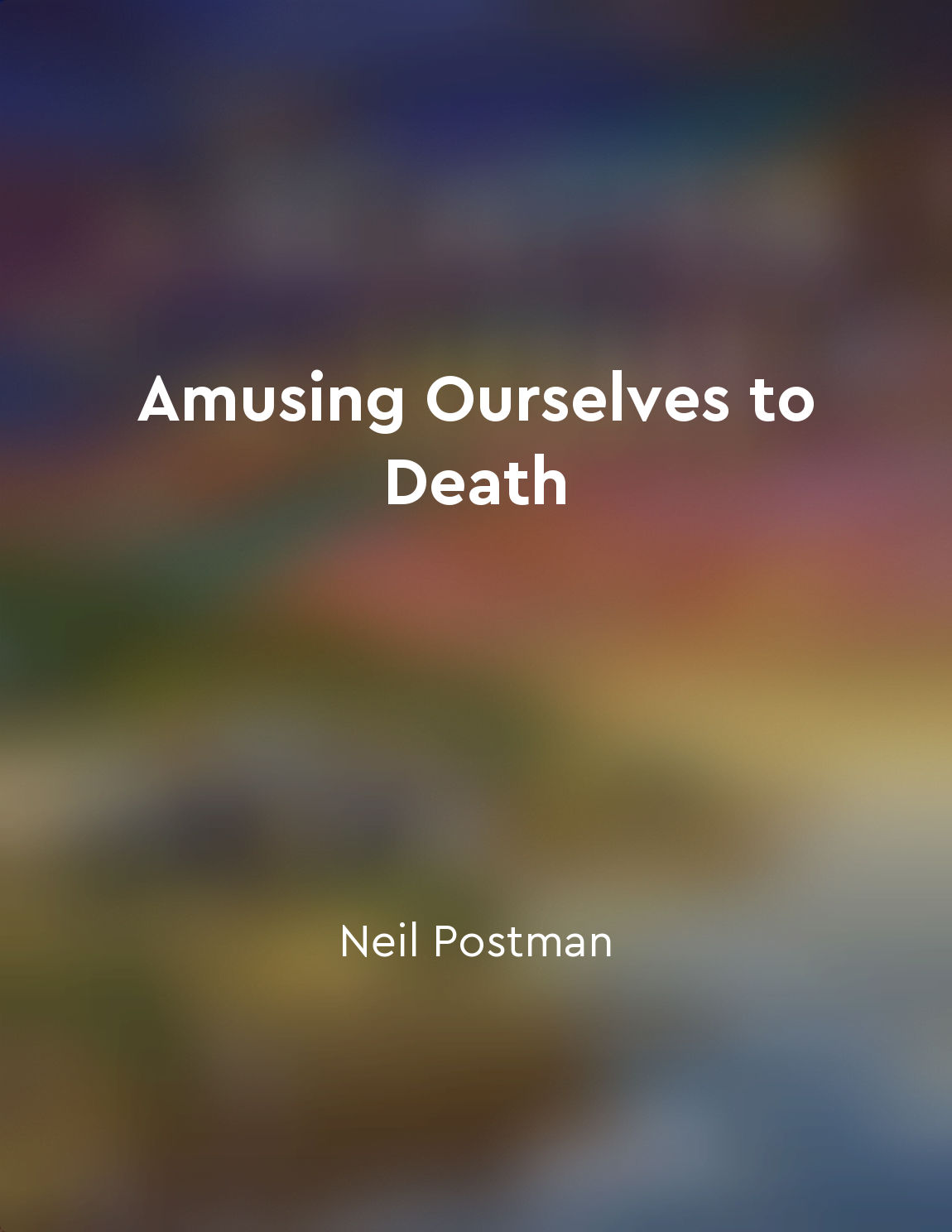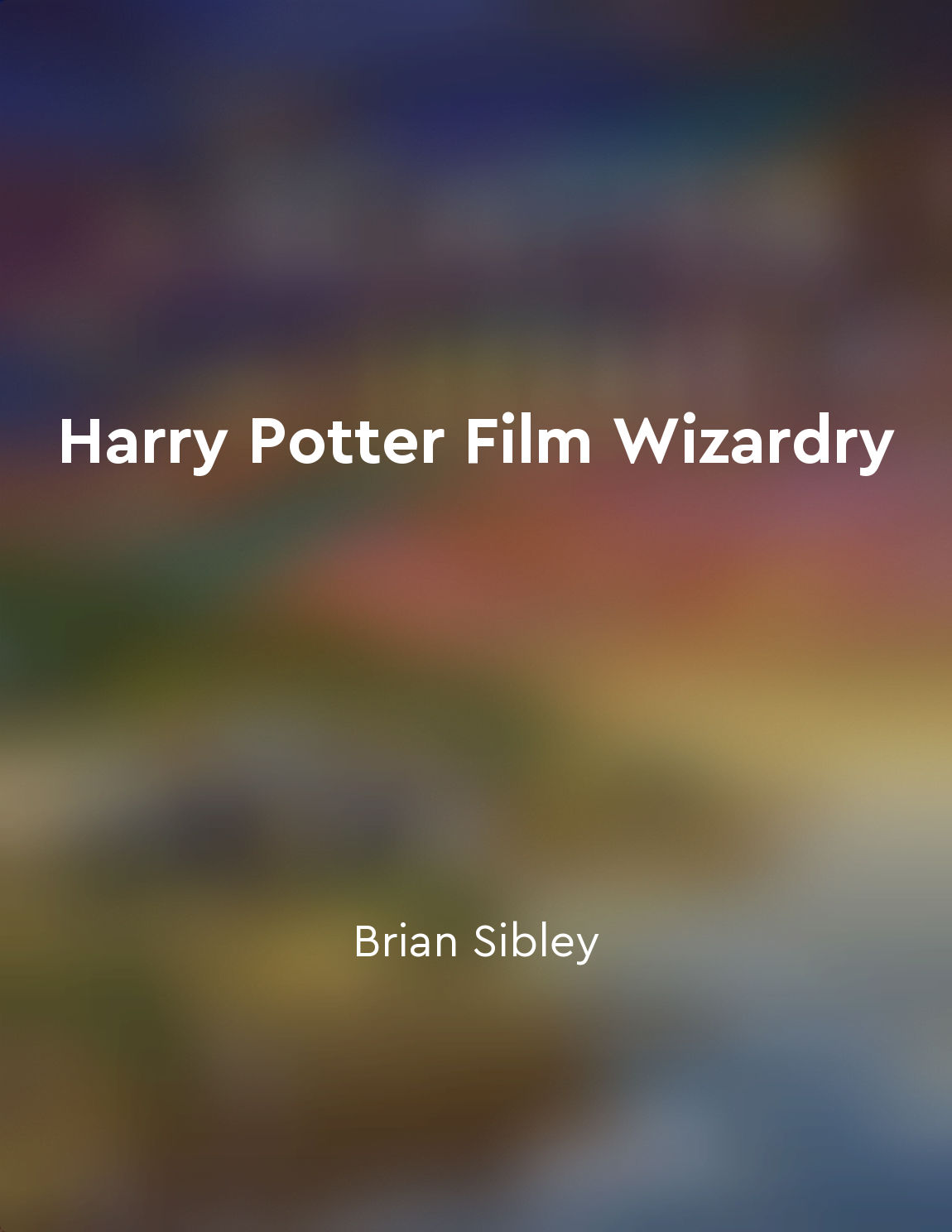Audio available in app
Visual aesthetics in the 1951 adaptation from "summary" of Disney in Wonderland: A Comparative Analysis of Disney's Alice in Wonderland Film Adaptations from 1951 and 2010 by Franziska Schütze
In examining the visual aesthetics of the 1951 adaptation of Disney's Alice in Wonderland, it is important to consider the artistic choices made by the filmmakers to bring the fantastical world of Wonderland to life. One of the key characteristics of the visual aesthetics in the 1951 adaptation is the simplicity of the animation style. The hand-drawn animation, with its bold lines and vibrant colors, gives the film a whimsical and playful quality that is perfectly suited to the surreal nature of the story. The clarity of the imagery in the 1951 adaptation is another notable aspect of its visual aesthetics. The animators paid careful attention to detail, creating intricate backgrounds and character designs that help to immerse the audience in the world of Wonderland. From the ornate patterns on the Queen of Hearts' dress to the fantastical architecture of the Mad Hatter's tea party, every aspect of the film is visually rich and engaging. In terms of coherence, the visual aesthetics of the 1951 adaptation are consistent throughout the film, creating a cohesive and unified look that ties the various elements of the story together. The use of recurring motifs, such as the checkerboard pattern that appears in the Queen of Hearts' palace, helps to create a sense of visual continuity that enhances the overall viewing experience. The logical sequencing of the visual aesthetics in the 1951 adaptation is also worth noting. The filmmakers carefully choreographed each frame to guide the viewer's eye through the story, using techniques such as framing, composition, and camera movement to create a sense of visual flow that enhances the narrative. This attention to detail helps to create a seamless and engaging viewing experience that draws the audience into the world of Wonderland.- The visual aesthetics of the 1951 adaptation of Disney's Alice in Wonderland are a key element of the film's success. Through its simplicity, clarity, coherence, logical sequencing, and attention to detail, the film creates a visually rich and engaging world that continues to captivate audiences to this day.
Similar Posts

Creativity is a deeply personal and subjective experience
Creativity, more than anything else, is a deeply personal journey that each individual must undertake on their own. It is a uni...
Disney's Alice in Wonderland: A timeless classic
The enduring appeal of Disney's Alice in Wonderland lies in its ability to transcend time and captivate audiences across genera...

Public discourse is trivialized by TV formats
In the age of television, public discourse has been fundamentally transformed. The introduction of TV formats has altered the w...
Examination of the impact of special effects on 1980s horror
One of the key aspects to explore when discussing horror films of the 1980s is the significant impact that special effects had ...

Witness the transformation of actors into beloved characters through the magic of makeup and prosthetics
The process of transforming actors into beloved characters is a fascinating aspect of the filmmaking world. Makeup artists and ...

